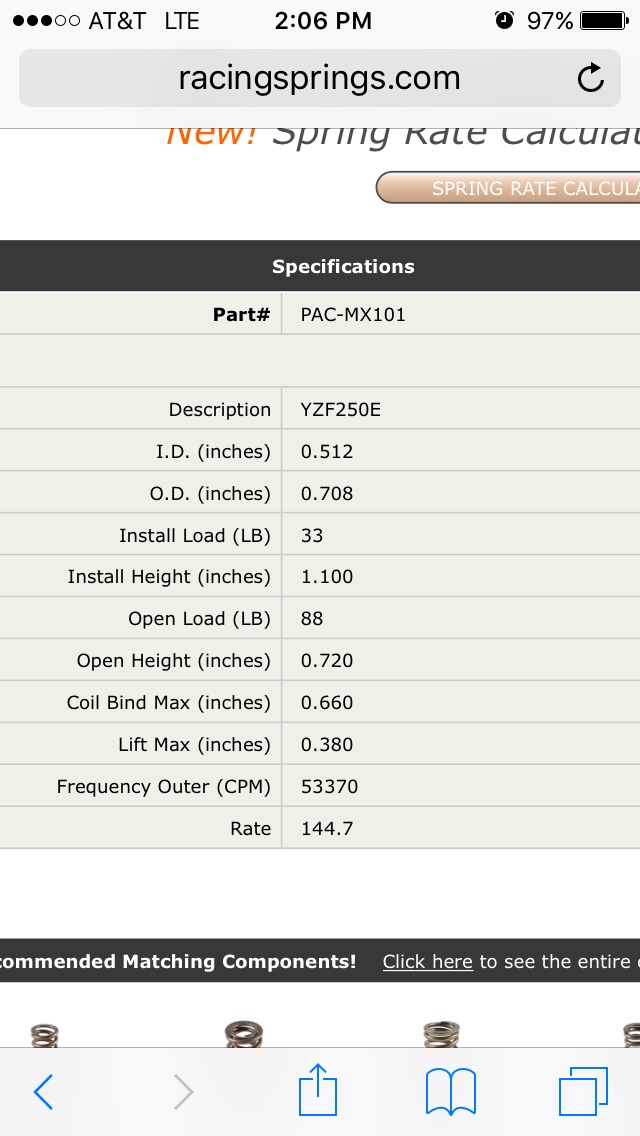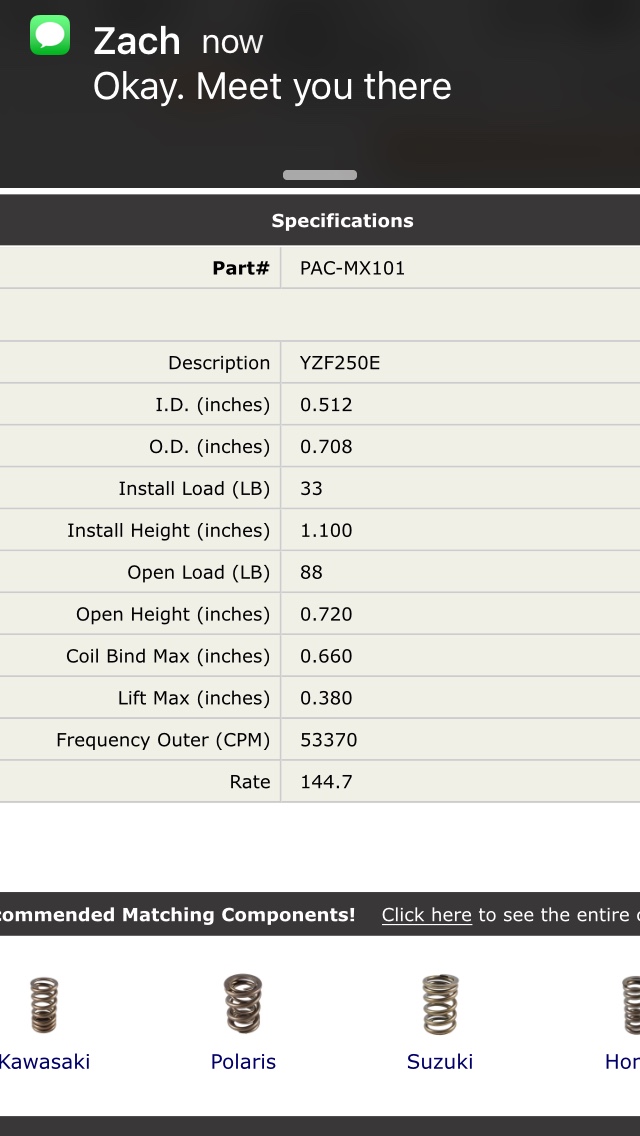Texasstar
Can't is a four letter dirty word
yep steelsimo said:Tight!!!
Is the 160 chambers not aliminium?
Sent from my iPhone using Tapatalk
yep steelsimo said:Tight!!!
Is the 160 chambers not aliminium?
q you know Zeke comes from a lineage of nitro methaneQ said:might consider using a high temp protection product for the piston and combustion chamber...
http://www.cerakotehightemp.com/finishes/C-186Q/piston-coat/
for the piston skirts, (and other possibilities) micro slick
http://www.cerakotehightemp.com/finishes/C-110HQ/micro-slick-dry-film-ceramic-coating/
heat dissipation
http://www.cerakotehightemp.com/finishes/C-187Q/transfer-grey-air-cure/
there's a couple certified Cerakote applicators in your area... or do it yourself (read their MSDS sheets)....
or send to swaintech http://swaintech.com/
or do nothing...
Texasstar said:yep steel
Sent from my iPhone using Tapatalk
Yes...We have optionssimo said:I wonder if that would make it easier to alter the chamber shape?
the Texans are coming!simo said:Here you go,


that is cool! I will show Zeke later! He likes old engines! https://youtu.be/fo9MB1SmW8ksimo said:Well of subject but this came into work the other day
Its an aircraft engine built in 1902, flow in march 1903
https://en.m.wikipedia.org/wiki/Richard_Pearse
thanks Crazypj! We pulled the stock 160, 175 retainers and 200 retainers and springs out for comparison. The steel retainers have .015-.020" of play between the retainer and spring. The RD titanium has .0005" play. Also the 160 retainers and springs are quite a bit bigger and heavier than the 175 retainers and springs.crazypj said:It sounds like you need a valve spring tester ;D
http://www.summitracing.com/parts/pro-66834/overview/
Really need some sort of press and a way to measure height but much cheaper than a professional version
that one got better reviews on Amazon! Thanks I think we are going to order it.crazypj said:I totally forgot there used to be a lot more information in service manuals
Looks like the single Yamaha spring will be stronger than stock 160 springs anyway.
BTW, linked the wrong spring tester, they do a 0-300lbs one as well
